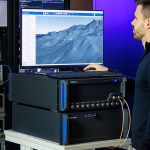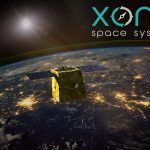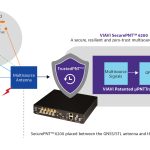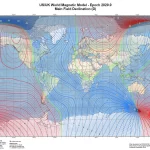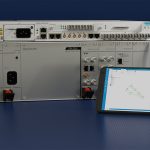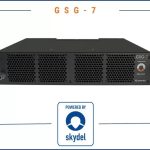Webinar – Beyond GNSS: An Introduction to Alternative PNT Solutions
Mark your calendars for an enlightening journey into the future of Positioning, Navigation, and Timing (PNT) technologies with the upcoming webinar, “Beyond GNSS: An Introduction to Alternative PNT Solutions.” Scheduled for Wednesday, May 15, 2024, this event is a must-attend for professionals across multiple sectors, including defense, transportation, logistics, agriculture, and more.
By Inside GNSS
